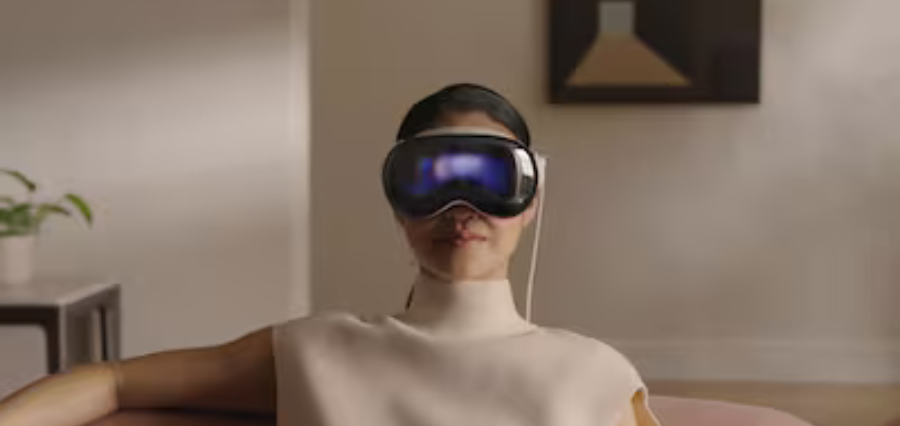Prime Highlights:
- The Cupertino tech giant is set to introduce the upgraded Vision Pro featuring a robust M5 chip by Q3 2025.
- The plans for an affordable Apple XR headset and smart glasses have been rescheduled for late 2027.
Key Facts:
- The new Vision Pro will retain the same appearance but feature improved performance with the M5 chip.
- Apple is working on at least seven head-mounted devices, such as lightweight glasses and an affordable Vision model.
- The new smart glasses will be audio and AI interaction-focused like Ray-Ban Meta but without screens.
Key Background
Apple persists with long-term commitment in spatial computing with several wearables in development. Having already released the first-generation Vision Pro earlier in 2024, the firm is now developing an upgraded version based on the M5 chip, which is set for mass production in the third quarter of 2025. The upcoming next-gen Vision Pro will use the same design as the existing model but significantly boost performance and software features, providing smoother spatial interactions, enhanced processing, and Apple Intelligence features support.
As per industry analyst Ming-Chi Kuo, Apple has no less than seven various head-mounted products in development. Five of these have definite production timelines. Along with the M5-based Vision Pro update, Apple is also developing a lighter model provisionally called “Vision Air.” This device, constructed with lighter material such as plastic and magnesium alloy, will contain fewer sensors and will be approximately 40% lighter than the standard Vision Pro. It’s both comfortable and for extended use, aimed at broader adoption.
Around the same time, Q3 2027, Apple is working on a range of smart glasses. These glasses will be similar to the Ray-Ban Meta smart glasses in terms of functionality, with an emphasis on audio listening, AI integration, and camera functions, without displays integrated directly into them. The device will enable access to real-time data and AI interaction through voice commands in a discreet, wearable format. Early shipment volumes are estimated at between 3 to 5 million units.
The company initially intended to release a cheaper Vision Pro model in 2025 to reach more users. That model now has been pushed back to after 2027 because it’s difficult to cut costs without sacrificing spatial experience. Apple feels wider adoption will demand not only cheaper prices but also strong use cases as well as a mature ecosystem.
With this new roadmap, Apple is indicating that it believes it has an XR future not only in premium devices, but in a wider series of intelligent wearables that seamlessly integrate into daily life.
Read Also : Phoebe Gates Shares Daily ChatGPT Hack to Reverse Engineer Viral Content




